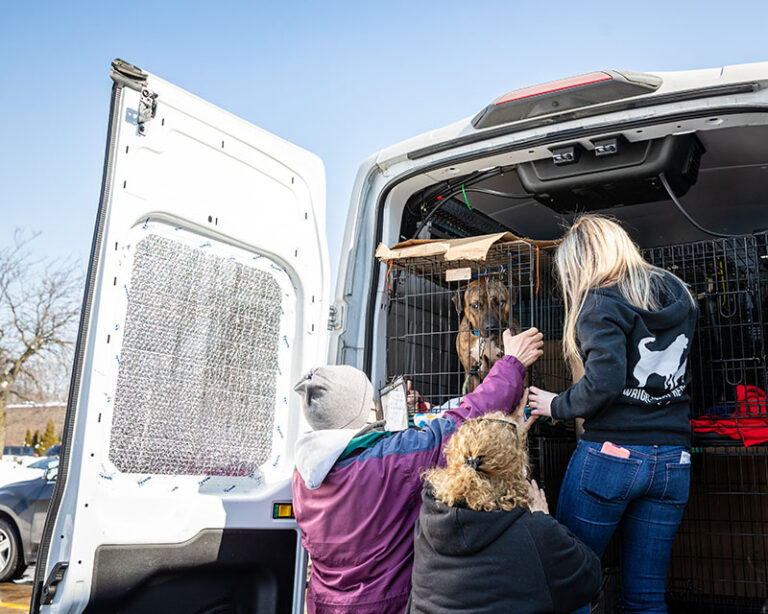This National Animal Care & Control Appreciation Week, we’re sharing stories that show the absolutely critical role field services officers play in HASS’s community-focused model of animal services.
This story comes out of Kitsap Humane Society in Silverdale, Washington—stay tuned for more very inspiring, very HASS-y field services stories on social media! And please reach out to let us know if you have a great story to share about the ways your organization is implementing the HASS model to keep people and pets together and save animals’ lives.
A couple of weeks ago, Kitsap Humane Society’s Chief of Animal Control Chase Connolly got a call from a doctor, whose patient was hospitalized, and was worried about their cat who’d been left alone in the apartment.
“The community member had no other family or friends to care for the cat,” says KHS marketing director Victoria Gingrey.
Under the old model of field services, the next step would have been for Chief Connolly to post a notice of abandonment at the property. Without return contact in 36 hours, “then Animal Control would have removed the animal,” Victoria says. The cat would then have come into the shelter.
But a few years ago, Kitsap changed its approach to work on supporting families and keeping pets in their communities, as an alternative to removing them and bringing them to the shelter.
“We started looking at other options to better serve our community. As the world of animal welfare has grown, we felt like we needed to look for other avenues,” says Chief Connolly. “Providing assistance where we could was far preferable.”
So what did that mean for this cat? Chief Connolly connected with a neighbor, who had access to the patient’s apartment and was willing to help.
There was already even a program in place to support this temporary fostering. KHS’s Pet Protection Program—through which cats whose owners are temporarily unable to care for them because of job loss, hospitalization, eviction, or some other short-term crisis, would be cared for by a safety net foster.
“We provided a 20 pound bag of cat food, and a 40 pound bag of cat litter, plus one box of 20 cans of canned cat food,” says Victoria.
Unfortunately, the cat’s owner died about three weeks after being hospitalized. But even with this extremely sad turn, the cat remained well loved. They were adopted by the patient’s social worker, making sure this kitty, who’d lost so much, would not unnecessarily enter the shelter or go without someone to love and care for them.
This story exemplifies how community-focused field services, and sheltering, is compassionate and humane for both people and animals.
“One other recent case was a senior community member with a senior pet who needed end-of-life services,” says Victoria. “The community member didn’t have any transportation so our animal control officers and our admissions team were able to work together to bring the pet here and give them a dignified passing.”
In another recent case, Animal Control Officer Sydney McCourtney delivered food and litter to a family, when they “had fallen on hard times and was without transportation,” says Victoria.
“Their bond with their cat was extremely evident,” Victoria says. “It was extremely rewarding to help them—but also very unsettling to continue to realize that there’s such a huge need in our community.”
Indeed, a next step is to expand these pet support services and resources. For example, collaborating even more with human services providers to support whole families—not just people, and not just pets. KHS is also working on opening the Pet Protection Program to dogs, and recruiting more fosters to temporarily care for owned dogs as well as cats.
“It feels good that we’re able to do this service. But when you go out and help, you realize there is more of a demand than we realized. I often feel a pit in our stomach of realizing there is still so much we’re missing and how can we address it?” says Chief Connolly. “We’re currently internally working to improve our services and challenging old ways of thinking throughout our community.”
Check out the Human Animal Support Services Field Services and Public Safety toolkit, for great ideas on how animal protection officers and others with field services can be part of building safe, humane communities where pets are treated as the beloved family members they are.






